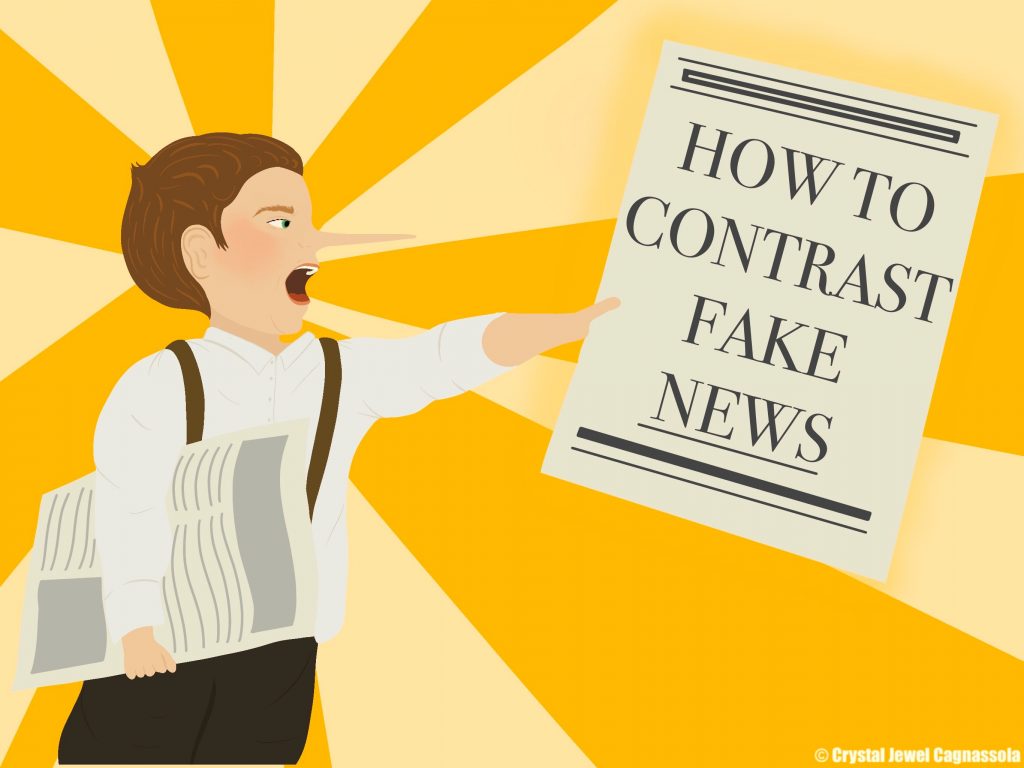
By Federico Valenza
This type of question has become universal lately because the fake news phenomenon is constantly increasing, and this will cause serious problems to our society. As we know, people easily believe that a piece of specific information is true and, in this way, politicians and other categories (for example journalists and companies) can steer elections, thoughts about a determined fact and so on. However, let us analyze what government, social media and people are doing to expunge fake news.
One example, that the relevant data proves that is working, can be seen in Finland. In this Country, in fact, the government has imposed that students have to be taught about critical thinking while they are reading information on the Internet.
How have they succeeded in this project?
In 2019, the Ministry of Education and Culture published a document about “Media literacy”. With this document, the following three qualities of Finland’s education have been highlighted: comprehensive, of high quality and systematic. In this way, Finland increased students’ awareness about the quality of pieces of information that can be found on the Internet and, in addition, the attention that people pay while are reading news on the Internet has shown a growth. This project has been extended also to adults, thanks to actors who have realized spots to increase media education. According to what was has been mentioned before, Finland obtained the first place in the ranking of resilience to the post-truth phenomenon, that is the fact that objective events are less inclined to influence the all-embracing thinking instead of appeals to people’s emotionality.
An important element in the battle against fake news is fact-checking. Recently, several fact-checking companies have been set-up; these companies verify if a certain piece of information is true or not.
How does fact-checking work?
An independent company, composed of volunteers, who have no interest in spreading false information, verifies each piece of information. Indeed fact-checking is characterized by 5 different commitments:
- To neutrality and honesty
- To frankness in their sources
- To frankness in their organization and financing
- To frankness in their method
- To correct their mistakes in a clear and honest way
Each volunteer compares various sources and analyzes every information found; in this way, the researcher can reach a conclusion about the truthfulness of the information.
We can easily understand that fact-checking is a difficult and long procedure. This job is being simplified by AI (Artificial Intelligence), which can combine the “Open-Source Intelligence”, which automatically can compare sources and establish if a source is either reliable or not, with “Deep Insight”, which is the intuitive procedure of human’s choices. For example, the Italian software Deephound, born in 2018, helps economists to avoid financial frauds. It is estimated that every year 5000 billion US dollars are lost due to financial frauds; thus, thanks to a software like Deephound, we can reduce this huge amount of loss.
The process of verification by the use of AI may be improved; this is the aim of Jim Nasr, CEO of blockchain application developer Acoer. His project is based on the idea of creating a ledger where a stamp, for every information that can be found on the Internet, is added; thanks to this stamp, it is possible to find the source of the information and it is easier to understand whether it is a piece of good information or a fake news.
As is known, social networks are the ideal places to spread fake news; indeed, thanks to the number of likes, shares and comments posts can be propagated to many people.
Do social networks create something to avoid the diffusion of fake news?
The answer is yes. As a matter of facts, Zuckerberg’s social networks (Facebook and Instagram) have made different improvements in their systems to overcome fake news. First, they have intensified the level of fact-checking by increasing the number of companies that carry out this activity for Facebook or Instagram. Second, they have strengthened the importance of AI in the research of fake news: today, AI discovers the 88% of fake news on social networks. Besides, Facebook has started a new initiative by means of which a link is shown to everyone that has been in touch with a fake news about Covid-19. This link addresses to a section of the OMS’s site, called “Myth busters”. This is how they try to avoid the diffusion of false information related to Covid-19 that may be dangerous for people.
Another initiative started by Facebook against the spreading of fake news spread is that every post that is not clarified by scientific evidence or that has a low reliability is marked as fake news. According to Guy Rosen, VP of Facebook, they have marked 40 million posts just during the last month of March and these marks have been very useful; as a matter of fact, in 95% of the cases who sees this mark to a post doesn’t open it and, therefore, does not get in touch with a false information. Moreover, Facebook has eliminated 1.7 billion of fake accounts just during January, February and March [of 2020]. This action is very significant in the battle against fake news because fake accounts are the most important component in the spread of fake news on social networks.
Are we at a good point in the battle against fake news?
Yes, we are. Although this is a very difficult task to challenge, if we cooperate we can succeed in defeating fake news. Fortunately, cooperation among governments and social media is getting stronger. The EU is cooperating with TikTok, Instagram, Facebook and other social media, but the same social media have to be clearer in the communication of their data: the transparency commissioner of EU, Vera Jourova, maintains that social networks have to intensify their work to get clearer and more conscientious.
What if governments or social media create fake news to satisfy their interests?
Hopefully, this event should not happen frequently and, obviously, we can’t know if this is happening. In conclusion, even if we have several instruments and protections against fake news, the most important actions to enact are to recognize if an information is true or not, to think with our mind, to consider if the information is plausible and, at the end, to get our personal conclusion without believing to everything that we see or hear.
If we continue the way that certain governments, social media and people have started, we can finally succeed in avoiding fake news making the Internet a place full of information and useful for increasing our knowledge.

